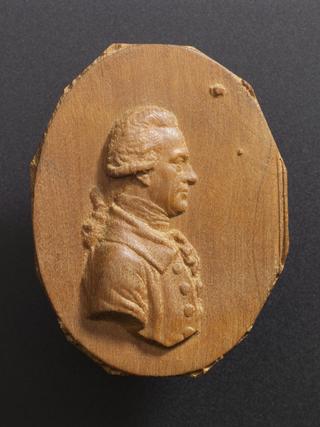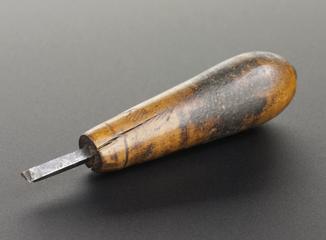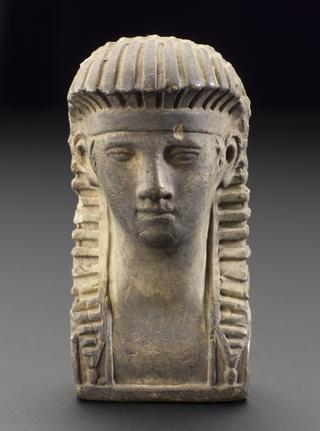
Mahogany “Damping well”, part of Watt's letter copying process
- Made:
- 1790-1819

Mahogany “Damping well” lined with zinc, lids covered with zinc with brass knobs, one well empty, the other containing sheet of paper adhering to plaster and two clean sheets of copying
This item is part of the contents of the workshop that Scottish engineer James Watt developed at his home, Heathfield, at Handsworth, Birmingham, from c.1795 through to his death in 1819. Although Watt is best known for his work on the steam engine, his workshop contains a wide variety of objects from many different projects, from chemistry to sculpture-copying.
The description of the item was written by Edward Collins, the land agent responsible for Heathfield when the workshop was given to the Science Museum in 1924. Collins could not always identify what he was looking at, but always described what he saw clearly. This has allowed his descriptions to form the basis of subsequent research.
This damping well was part of the letter-copying process developed by Watt. The wells were part of the copying desk which the process used - the plaster absorbed water and helped to keep the sheets of copying paper stored in the well moist, so that a good impression was made when pressed against the original written in specially-formulated ink.
Details
- Category:
- James Watt's Garret Workshop
- Object Number:
- 1924-792/1328/1
- Materials:
- brass (copper, zinc alloy), mahogany (wood), paper (fibre product), plaster, tin (metal) and zinc (metal)
- type:
- dampening well
- credit:
- Major J.M. Gibson-Watt




